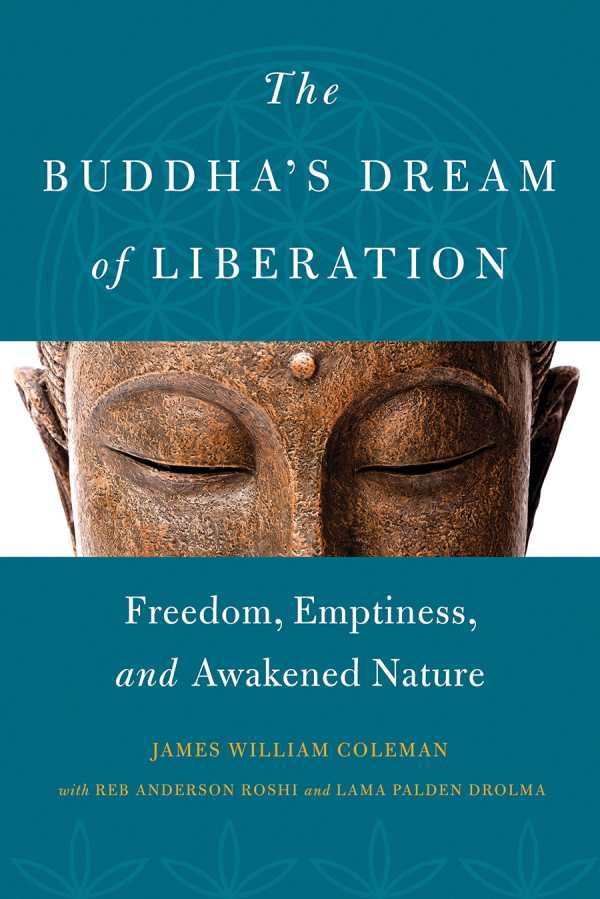The Buddha's Dream of Liberation
Freedom, Emptiness, and Awakened Nature
This book is an effective introduction to many aspects of Buddhist thought and practice.
In The Buddha’s Dream of Liberation: Freedom, Emptiness, and Awakened Nature, James William Coleman provides an overview of Buddhist sutras through an explanation of the three turnings of the wheel of dharma, and provides examples and context for what these ideas mean in the modern day. This slim volume is a useful primer for readers looking for an introduction to Buddhist thought, as Coleman explains differences between some traditions and writes in language accessible to nonpractitioners.
Coleman does a nice job explaining common Buddhist concepts such as the Four Noble Truths, the Eightfold Path, and the Middle Way. He explains how these concepts differ from more doctrinaire Western concepts such as the Ten Commandments, and he breaks down some of the debates Buddhist scholars have had over hundreds of years about what concepts like “right speech” and “right action” mean in practice. He uses modern examples as well, so that those interested in Buddhism can think about the centuries-old First Turning in terms of their daily lives.
After going through all of these First Turning of the Wheel concepts, Coleman proceeds to explain the Second Turning and its radical departure from the first teachings—a change so dramatic that some of those who first heard it allegedly died of shock. Coleman explains how this turning’s focus on emptiness influenced future Buddhist thought and changed meditation practices along with a shifting worldview. The Third Turning’s focus on the mind and its notion that reality is unknowable and ungraspable receives an explanation as well. All these concepts are methodically introduced; the book briefly discusses the history of when they entered practice, how they diverge from previous teachings, and how they help inform Buddhists today.
Along with Coleman’s overview, The Buddha’s Dream of Liberation also includes a chapter by Lama Palden Drolma about the Vajrayana practice of meditating on the goddess Tara, another by Reb Anderson Roshi about Zen practices on concentration and clarity, and several pages of notes for further reading. All these additional resources help the book serve as an effective introduction to many aspects of Buddhist thought and practice.
Reviewed by
Jeff Fleischer
Disclosure: This article is not an endorsement, but a review. The publisher of this book provided free copies of the book to have their book reviewed by a professional reviewer. No fee was paid by the publisher for this review. Foreword Reviews only recommends books that we love. Foreword Magazine, Inc. is disclosing this in accordance with the Federal Trade Commission’s 16 CFR, Part 255.


